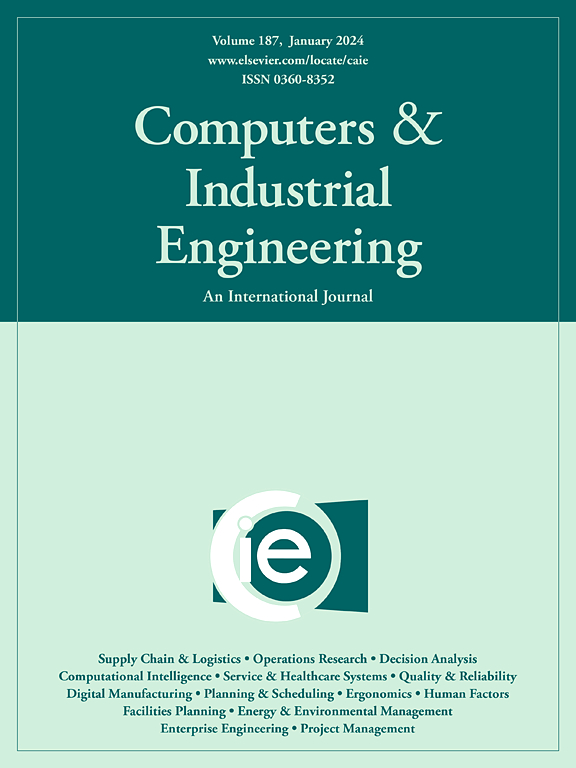Toward energy-efficient blockchain system: A game theoretic analysis
IF 6.7
1区 工程技术
Q1 COMPUTER SCIENCE, INTERDISCIPLINARY APPLICATIONS
引用次数: 0
Abstract
The waste of energy is one of the major disadvantages when applying the permissionless blockchain technology such as the proof-of-work (PoW) consensus mechanism. In order to improve the energy efficiency, some new public blockchain systems without mining have been developed. In the blockchain with mining, the block creation rate is automatically adjusted by the system via the difficulty of the hash puzzle. In the blockchain without mining, the participating node can actively adjust its block creation rate instead of passively complying with the rule of system. In this new circumstance, how to maintain a desired block creation rate of the whole system through a proper mechanism design is an important task in the development of energy-efficient blockchain systems. In this study, we have established a two-party game model for the blockchain system without mining. Game participants (participating nodes) can obtain revenue by charging commission from the transactions recorded in the blocks, and at the same time, they need to bear block-building cost. Each node can adjust its own obtained income by controlling its block creation frequency. We considered the game in two situations based on the time delay of the same transaction arriving at two nodes. In the case without time delay, we gave a closed-form solution of Nash equilibrium, in which the block creation interval is proportional to the block-building cost, and inversely proportional to the transaction fee and to the revenue allocation proportion. In the case with time delay, we gave the theoretical analysis and the numerical solution of Nash equilibrium, and found that the conclusion is the same as the case without time delay. In a word, in the blockchain system without mining, the block-building cost and transaction fee can be utilized to control the block creation rate of the whole system, which makes the system remain steady even without mining. More important, how the transaction fees are allocated among the nodes will affect the final equilibrium. Therefore, in order to have positive incentives for participating nodes, it is necessary to reasonably design the allocation mechanism of transaction fees. This study provides theoretical support for the development of energy-efficient blockchain technology and brings about the hope to the future development of blockchain technology without mining.
求助全文
约1分钟内获得全文
求助全文
来源期刊

Computers & Industrial Engineering
工程技术-工程:工业
CiteScore
12.70
自引率
12.70%
发文量
794
审稿时长
10.6 months
期刊介绍:
Computers & Industrial Engineering (CAIE) is dedicated to researchers, educators, and practitioners in industrial engineering and related fields. Pioneering the integration of computers in research, education, and practice, industrial engineering has evolved to make computers and electronic communication integral to its domain. CAIE publishes original contributions focusing on the development of novel computerized methodologies to address industrial engineering problems. It also highlights the applications of these methodologies to issues within the broader industrial engineering and associated communities. The journal actively encourages submissions that push the boundaries of fundamental theories and concepts in industrial engineering techniques.
 求助内容:
求助内容: 应助结果提醒方式:
应助结果提醒方式:


